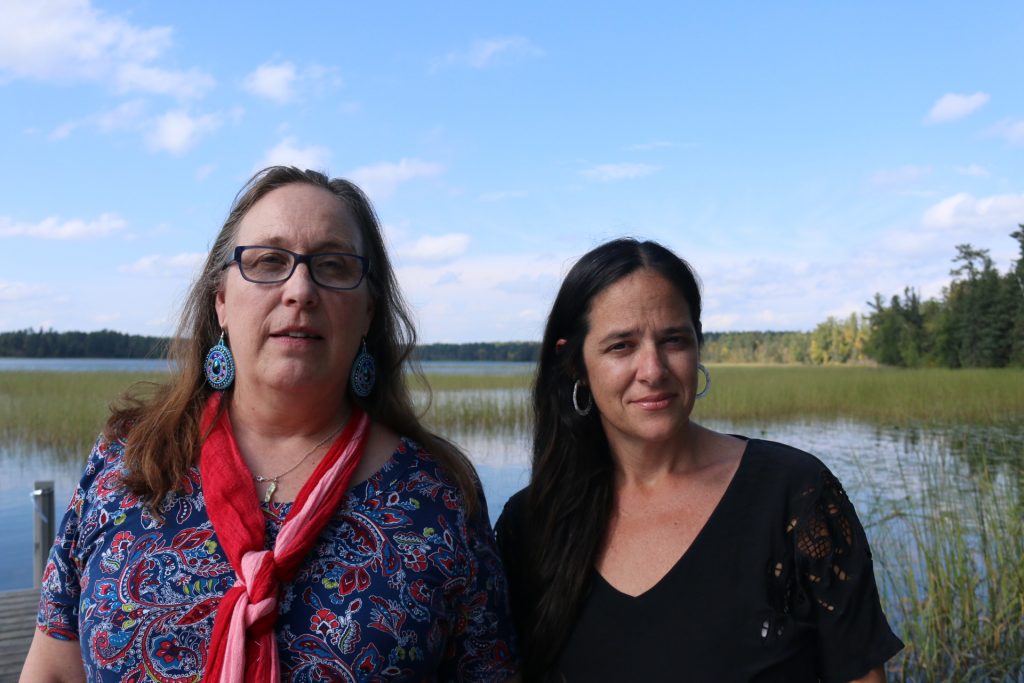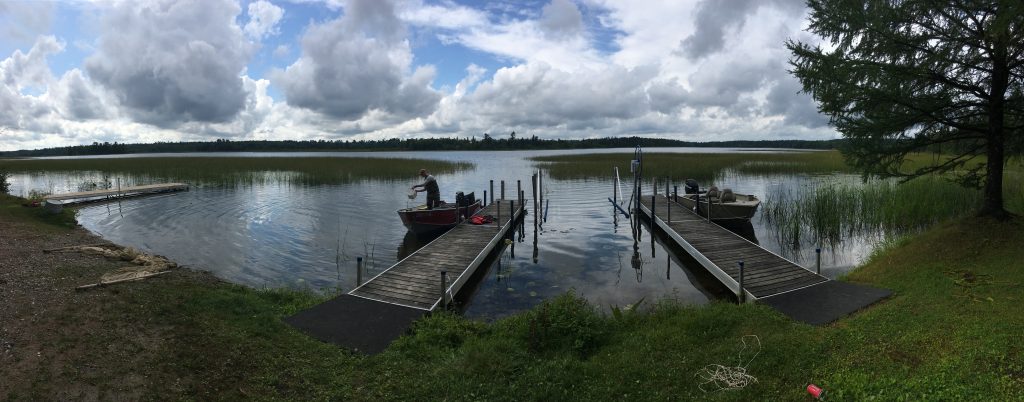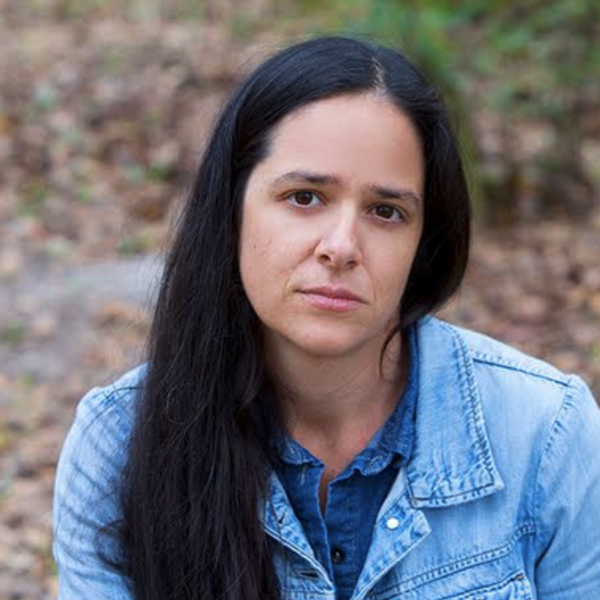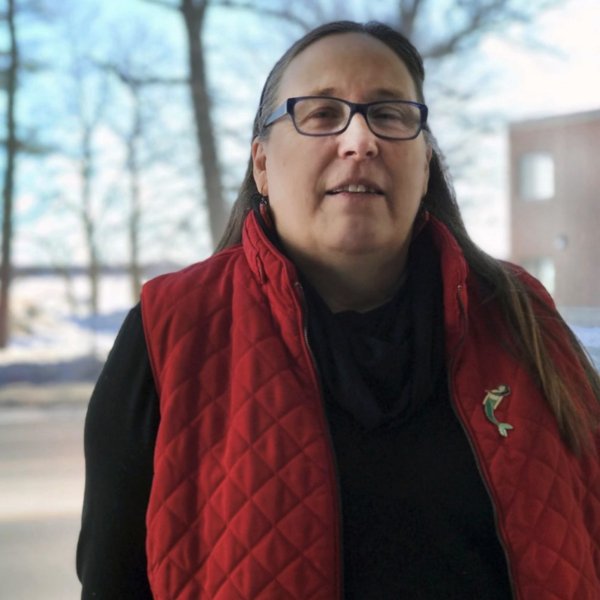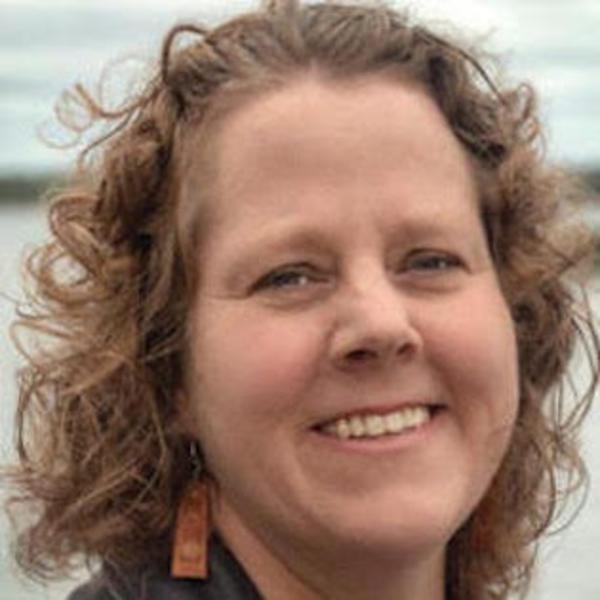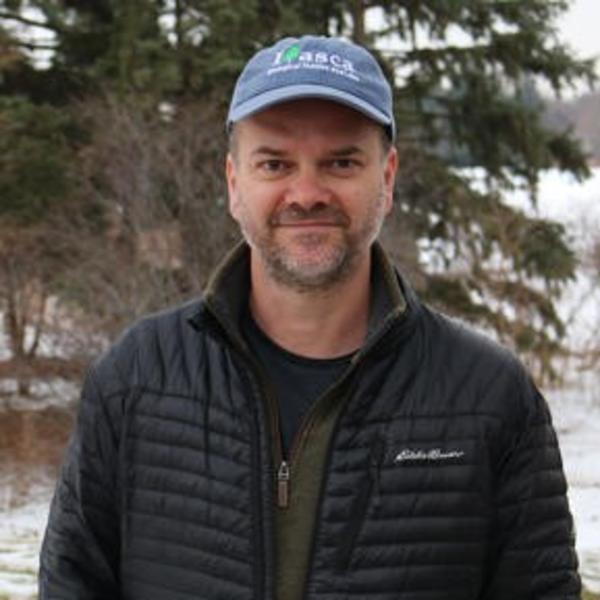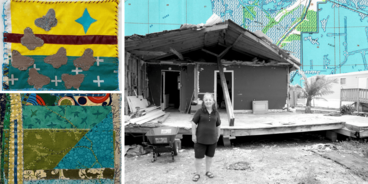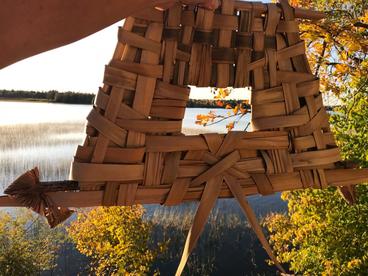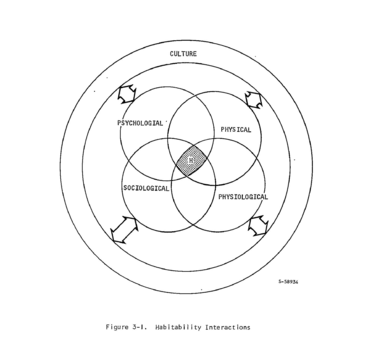The Weisman Art Museum announces the creation of The Big River Continuum.
It is one thing to know about a river, and yet another altogether to consider the river itself as a way of knowing. The University of Minnesota’s Itasca Biological Station at the Mississippi headwaters, the Weisman Art Museum in the Twin Cities, and Tulane University’s A Studio in the Woods in the Mississippi Delta are establishing a creative exchange program that does just that. By linking communities at the headwaters and delta of the Mississippi river, the Big River Continuum cultivates dynamic exchanges between these communities as artists from both regions participate in collaborative residency programs that ignite inquiry into the interconnectedness of cultures, research and river/land environments.
Taking inspiration from the Ojibwe name Misiziibi, or gichi-ziibi meaning "Huge River," this initiative turns the Mississippi River in its entirety into a platform for creative collaboration. The Big River Continuum strives to collaborate across topographies of power, time, and access in order to synergize artists and scholars from diverse river cultures in a shared and equitable process of inquiry.
Over the course of the next year, artists Monique Verdin and Karen Goulet will produce work through collaborations with one another, and with environmental scientists at the Itasca Biological Station. Monique will be at the station for three weeks this fall, while Karen will visit A Studio the Woods in the spring. The project is curated by Rebeca Dallinger, Curator-in-Residence at the Itasca Biological Station and Target Studio for Creative Collaboration.
The Big River Continuum was initiated by the Itasca Biological Station and the College of Biological Sciences in order to establish the sustained production of work that integrates artistic activity with scientific scholarship. The program is facilitated by the Target Studio for Creative Collaboration at WAM, a unique museum space dedicated to collaborations across sectors, cultures, disciplines and practices, supporting and promoting work that radically diversifies ways of knowing and meaning-making.
